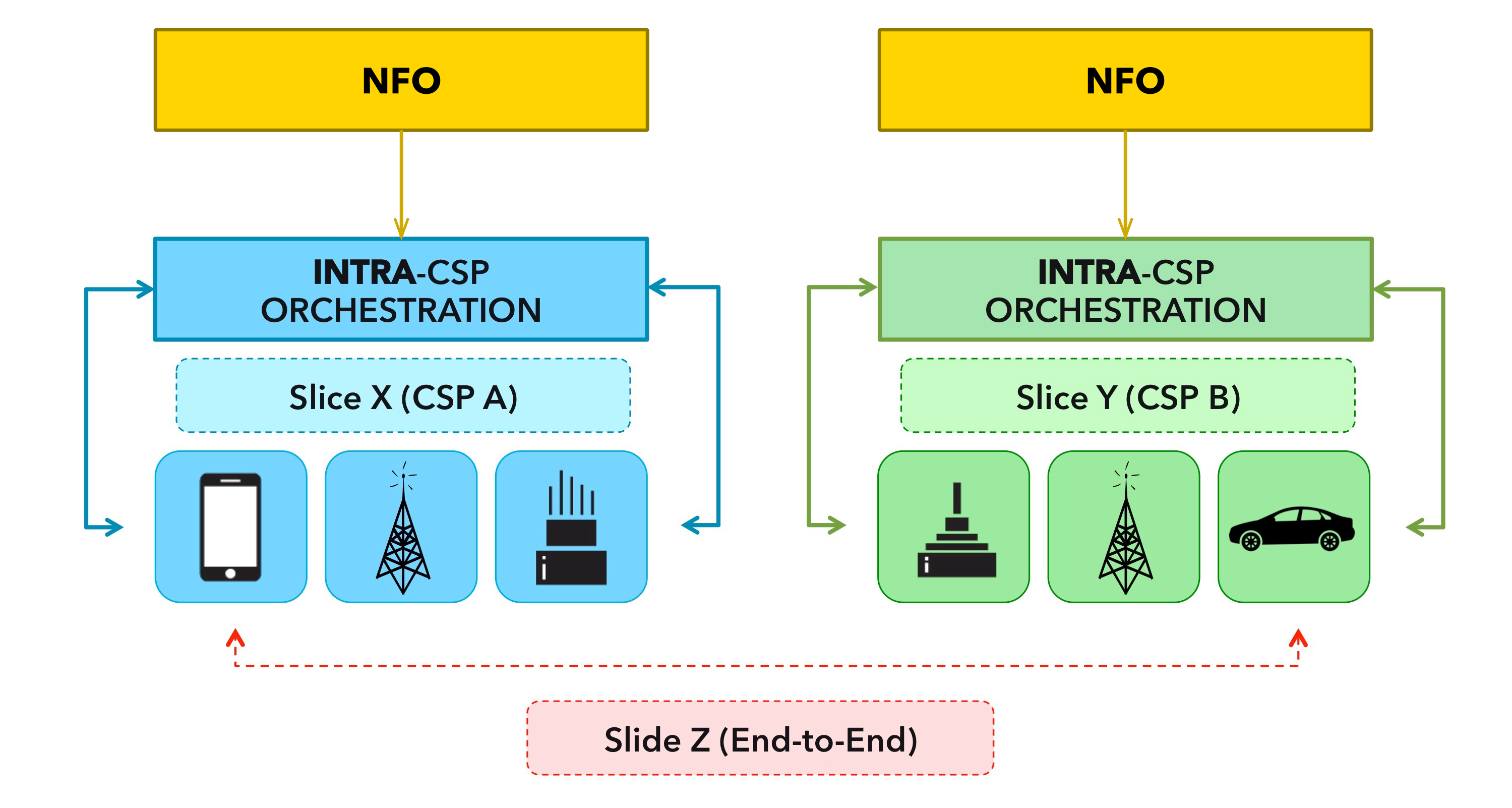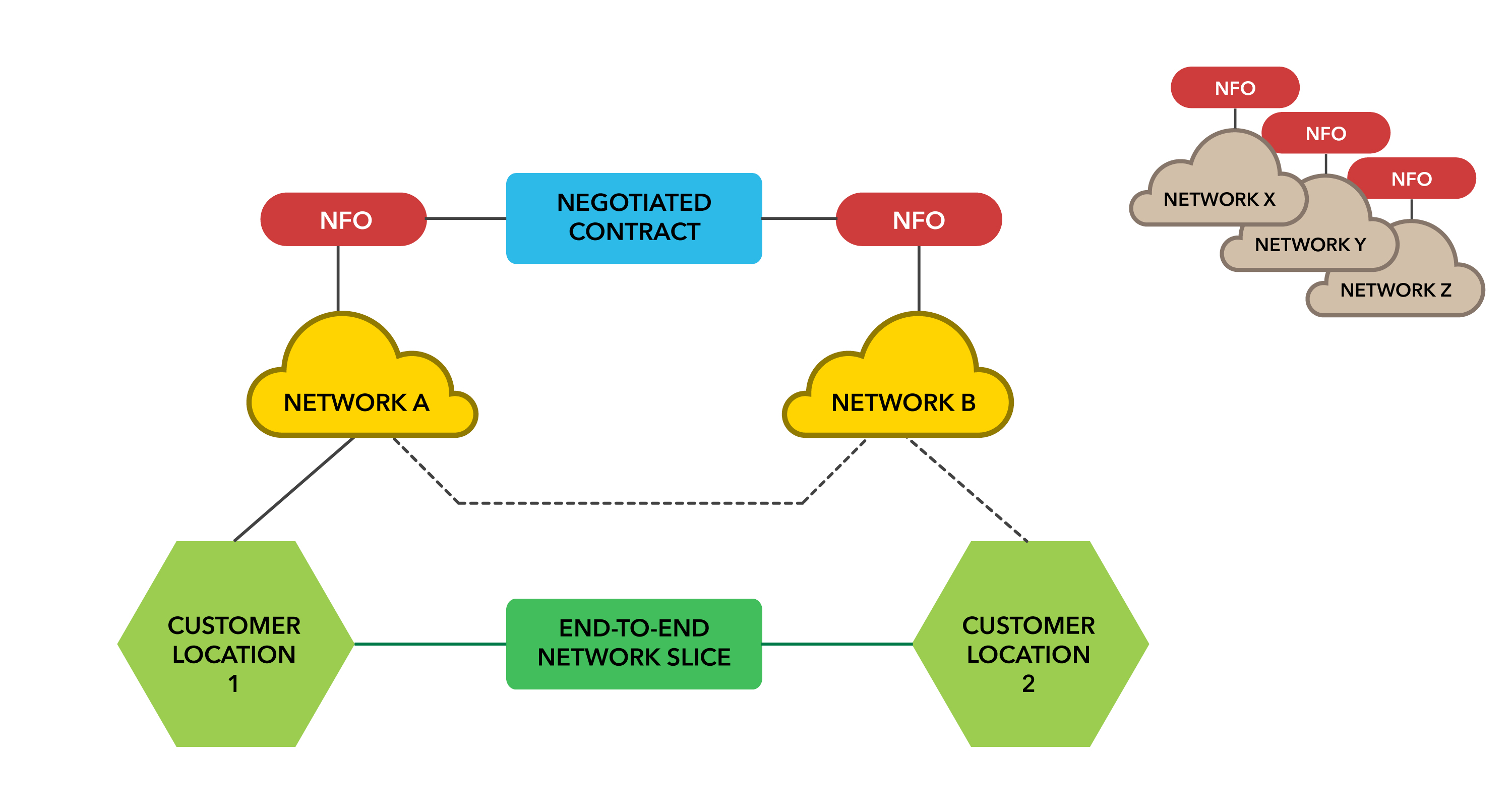Agile Standards for 5G Slicing
By: Mark Cummings, Ph.D., Vinay Devadatta, Christos Kolias

With 5G Slicing being a critical part of 5G financial success (see also: Orchestration Imperative for 5G Slicing) and the fact that to work, it has to cut across multiple operators and vendors, there will need to be standards. To meet 5G Slicing’s full promise, however, these standards must be agile in order to respond to today’s rapidly changing world. This means that they must be as minimal as possible. That is the true essence of agile, to be both easy to implement and leave as much as possible up to real time negotiation. Thus, such standards should have the flexibility to enable real time automated functionality that responds to the requirements we can foresee today, as well as those that will inevitably emerge that are not yet anticipated. In this context of agility, initial focus should be on the framework for negotiations and extending the 3GPP/TMF Umbrella model.
Negotiation, Federation, Orchestration
In “Orchestration Imperative for 5G Slicing,” the key capability to work across administrative/ownership boundaries was described. This cross-boundaries capability requires orchestrators on each side of the boundary that can negotiate with each other (see Figure 1.).
Figure 1: Generic Multi Administrative Unit Multi CSP Slice Example
Click to Enlarge
Based on that description, Caroline Chappell, a leading industry analyst, has suggested that we name these inter-CSP Orchestrators NFOs, or Negotiators, Federators, Orchestrators. This name captures the sense of the functionality of these orchestrators and will be used here.
Two example detailed use cases were described in the aforementioned previous article. They involved two CSPs sharing network resources (for example base stations), and a customer requesting a service that must span two administrative units. In the case of sharing of resources the focus will be on operations—configuration, fault recovery, etc.—that integrate into the two different network structures. In most cases, the parties involved and financial matters will have been predetermined.
Figure 2. Example Negotiation Process Environment
Click to Enlarge
In the case where a customer requests a service from CSP A that must, by its nature, involve at least one other CSP, the focus can be broader. As shown in Figure 2, there may be several choices of possible administrative units (Networks X, Y, Z, and B). Therefore, the negotiation process must provide for a way to get sufficient information to choose as well as negotiate. Once negotiation starts, it must include the operational factors, but also business factors such as price, settlement, Service Level Agreements (SLA), what happens if SLAs are not met, etc. SLA issues can include who is responsible for creating trouble tickets, troubleshooting, communicating with the customer, financial matters, and so forth.





















